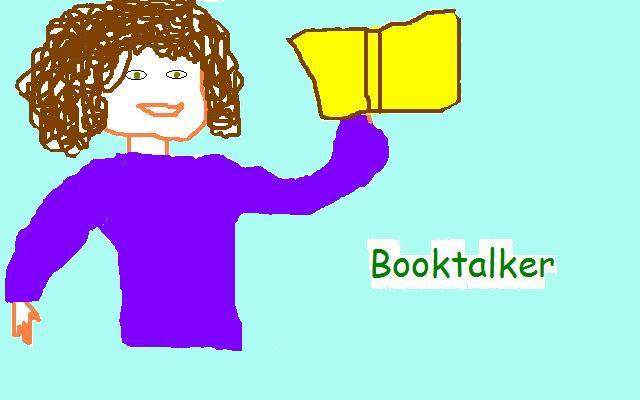|
Click on the book to read Amazon reviews
|
Yummy.
Bread. It smells so good when it comes out fresh from the oven. What could
be better than a nice slice of bread with jam. Many of us eat bread daily.
Bread has been a very important food for people throughout the ages. Do
you wonder how it is that today we have such a wide variety of breads to
enjoy all over the world? The French have bread shaped into long crusty
loaves called baguettes. People from India enjoy round flat breads called
chapati. Jewish people have the egg bread called challah. A peek at the
past will reveal some amazing facts. Prehistoric people formed crushed
grains and water together into a mush and cooked the mush on rocks heated
in an open fire. Later, as civilization advanced, in Rome, almost every
house had an oven specially made to bake bread. Bakers in Rome were
so highly respected, that many people wanted to become bakers. There
was even a baking school in that city. Two thousands years ago, Rome had
over 200 commercial bakeries. Did you know that bread has been found in
the tombs of Egyptian pharaohs? But there's more fun to come from reading
this book. You might want to try your hand at baking some of the great
variety of breads that the book includes. There are recipes for challah
braid, pita bread, pretzels, Amish friendship bread, corn bread, holiday
breads, and so much more. (May Harn Liu, may@mailbox.sc.edu, librarian) |
